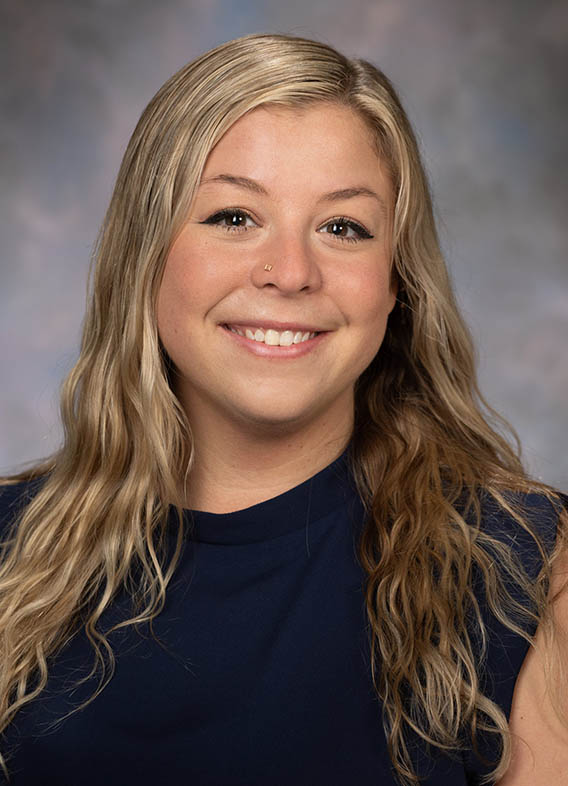Bonny Lab
Adolescent and Young Adult Contraception and Substance Use Disorders (SUD)
The nonmedical use of substances, particularly opioids, by adolescents and young adults (AYA) continues to be major a public health concern. The peak risk for nonmedical use of prescription opioids among adolescents (age 12-21 years) occurs at age 16. In the United States, unintentional drug overdose is the leading cause of injury death. In Ohio, deaths from unintentional drug overdose far exceed deaths from motor vehicle accidents, with prescription opioids being involved in the majority of these deaths. Research is needed to inform clinical practice for this vulnerable patient population, as well as dictating public policy.
In the same manner, research is needed to inform clinical practice for AYA on contraception. Reducing incidence pregnancy and tailoring contraceptive needs and preferences requires more exploration as this has been widely studied in adult populations, but not in AYA.
Current Research
- Weight Changes Among AYA Utilizing the Etonogestrel (ENG) Contraceptive Implant
- Fertility in Quality of Life in Adolescents with Polycystic Ovary Syndrome (PCOS)
- Hormonal Contraceptives and Retention in Medication Assisted Treatment (MAT) among AYA Females with Opioid Use Disorder (OUD)
- Nicotine and e-Cigarette Use in AYA with OUD
- Mental and Behavioral Health Conditions in AYA Patients with OUD
Lab Staff

Andrea E. Bonny, MD
Principal Investigator
Andrea.Bonny@NationwideChildrens.org
Andrea Bonny, MD, is an adolescent medicine clinician whose vision is a world where adolescents do not suffer from preventable harms including unintended pregnancy and drug overdose.
Dr. Bonny began her career with an emphasis on adolescent reproductive health. Her scholarly work focused on hormonal contraceptive side effects with the goal of improving contraceptive adherence in adolescent populations. Dr. Bonny’s contraceptive research efforts led to an exploration of weight gain, bone mineral density loss and adherence among adolescents on hormonal contraception.
Although adolescent reproductive health has remained an important emphasis of her career, Dr. Bonny’s arrival at Nationwide Children’s Hospital in 2011 brought newfound interest in adolescent substance misuse and addiction. In the midst of the opioid epidemic, Ohio needed more healthcare providers with substance abuse expertise. Dr. Bonny began providing care in the institutional medication treatment of addiction (MATA) clinic and soon engaged the team in research priority setting to inform our clinical efforts.

Brittny Manos
Clinical Research Coordinator II
Brittny.Manos@NationwideChildrens.org
Brittny’s research interests center around protecting and advancing research efforts for vulnerable populations, especially AYA. She coordinated Dr. Bonny’s Multi-Dose DMPA Study, in which they assessed the degree of association between medroxyprogesterone acetate (MPA) exposure and bone mineral density loss and weight gain in adolescents randomized to one of three doses of DMPA (150, 104, or 75 mg), and Brittny believes this solidified the trajectory of her career. For over two years, she saw the study participants weekly and became intimately familiar with their lives and early achievements. Brittny and Dr. Bonny looked at pharmacokinetic data that suggested lower doses of DMPA could maintain contraceptive efficacy while preventing associated bone mineral density loss or weight gain. From this study, Brittny moved on to coordinate and support a variety of other Adolescent Medicine research projects including in patients with our substance use disorders.



